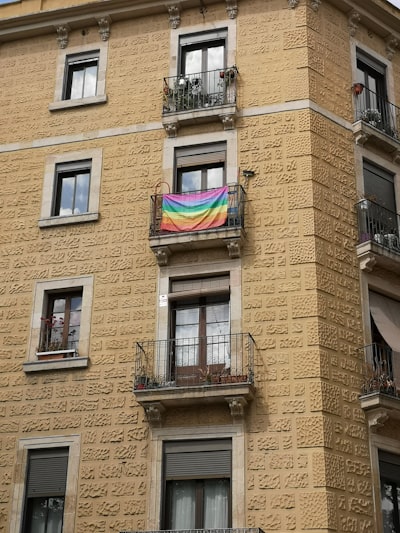What does it mean when a parade becomes a protest? From the Stonewall riots of 1969 to Budapest today, the act of gathering in color, love, and solidarity often serves as both celebration and resistance. Despite legal threats and governmental disapproval, Prides across the globe continue—a living testament to the resilience of hope.
Interestingly, the Pride movement has often found itself transforming restrictive legal frameworks in unlikely places. In Poland, rainbow umbrellas became a symbol against hardline politics; in Russia, activists used balloons and impromptu gatherings to sidestep bans. Even in the face of punishment, people have danced, sung, and marched—not simply for rights, but for the accompanying sense of visibility and belonging.
Could it be that, in a world increasingly divided by lines on maps and laws in books, the most powerful politics is—sometimes—simply refusing to go away? When song, dance, and vibrant banners become acts of courage, we’re reminded that progress is rarely silent, and that the threat of 'legal consequences' has never been enough to erase the colors from the streets.
This article was inspired by the headline: 'Budapest Pride goes ahead, defying Orban threat of 'legal consequences' - BBC'.

Comments
No comments yet. Be the first to comment!